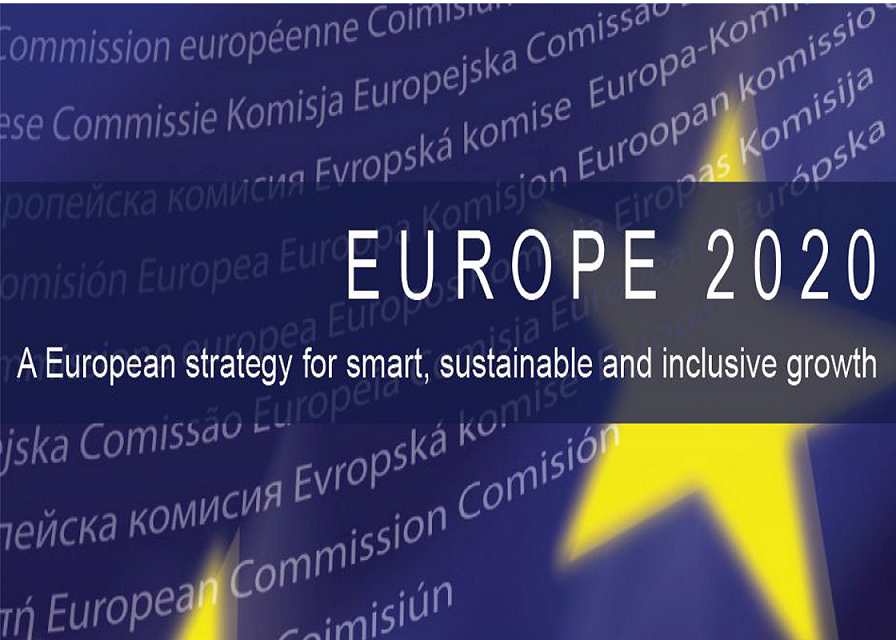A little smarter, much greener, less inclusive. Status quo of the EU2020 strategy published
Published:
Eurostat has recently published the 2016 edition of its report “Smarter, greener, more inclusive? – Indicators to support the Europe 2020 strategy”. For this yearly publication, the EU’s statistical office examines how the EU member states have progressed in achieving the targets of the EU long term strategy for economic growth (EU2020). The report also gives recommendations where further actions need to be taken. Having reached the midway of the this ten year period, this report presents various and detailed data around the areas of employment; research and development (R&D); advance in climate change and energy; education; and poverty.
While already having exceeded the environmental targets, the EU is moderately, but constantly moving towards the achievement of the other targets. However, as a single exception, poverty in the European Union has even worsened, according to the report.
With regard to education, early school leaving is constantly declining and participation in tertiary education is increasing. Thus, these education targets are expected to be achieved by 2020 and13 countries already hit their national targets in 2015. However, in both areas the drop-out rate of male students and their attendance rate in tertiary education show weaker results in most member states, dragging behind the quotas pursued.
Participation in early childhood education (ECE) has grown in the European Union and already reached 95% (which is the EU target) in some countries. Equally, the attendance rate in higher education has increased, especially in the Eastern countries, up to 95%. However, in all over these areas, migrants, ethnic minorities and paupers remain the most vulnerable and weakest groups in education participation and achievements.
In lifelong learning, low qualified adults are the ones receiving the least training. The target of at least 15% participation is not expected to be achieved. Eurostat points out that higher education increases the chances of people in the labour market. Even though the share of early school leavers has decreased, their disadvantages on the labour market have become worse. The share of unemployed early school leavers of age 18-24has increased to 60% since 2008.
Looking at employment in general, the situation is recovering again. Due to massive effects of the economic crisis, an employment rate of 72% is predicted to be reached by 2020 (target: 75%). Still men show a much higher employment rate than women (in 2015: women 64.3%; men 75.9%), but the gap has become smaller.
Interestingly, Eurostat found that due to increased participation in higher education, a skills mismatch is anticipated on the labour market in terms of over-qualification, which will lead to youth unemployment again.
The scientific sector has recovered from the troubles first, showing the strongest job recovery. In order to reactivate economic growth, governments raised their expenditure on research and development. Still, the business sector shows the strongest increase of investment in R&D/innovation (64%). The Horizon2020 scheme, providing 120 billion Euros, was initiated to support member states in achieving the expenditure of 3% GDP. However, most countries are still far from their national quotas and an average expenditure of 2.2% is predicted for 2020. Therefore, Eurostat demands increased public and private expenditure on R&D.
ETUCE welcomes the improvements in educational achievement and participation. However, too much focus on achievements and employability of learners as and on serving current labour market needs can downgrade the wider role education. ETUCE is strongly committed in the fight for access to quality education, underlining the Eurostat’s statement: “Low educational attainment reduces quality of life.”